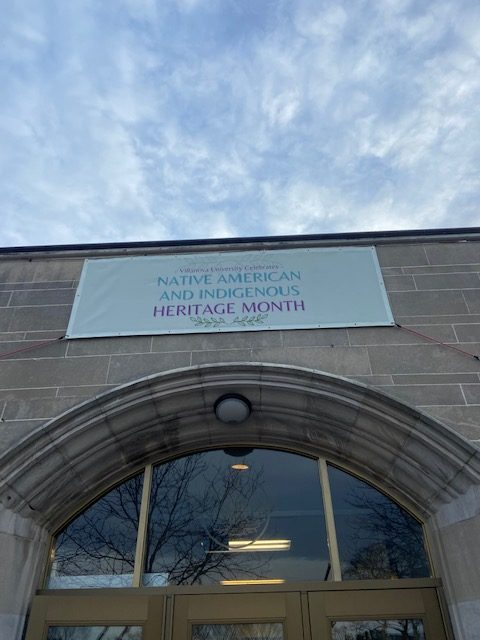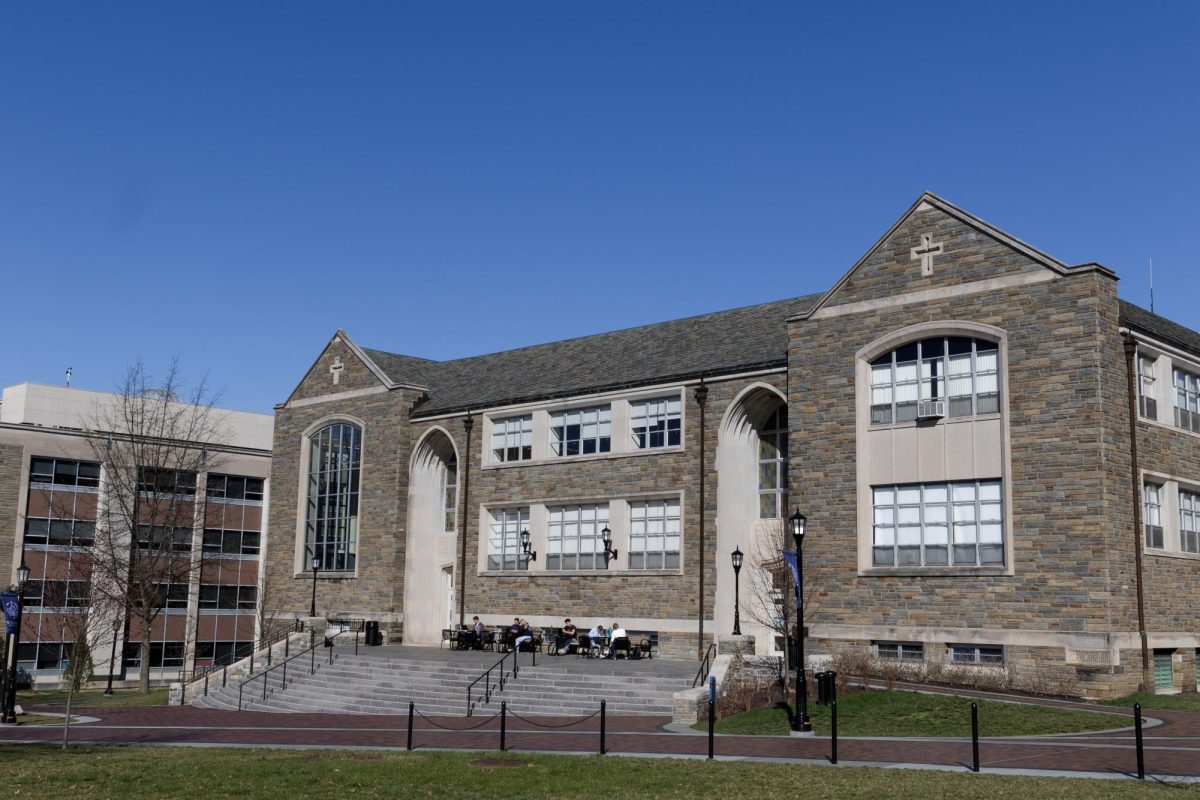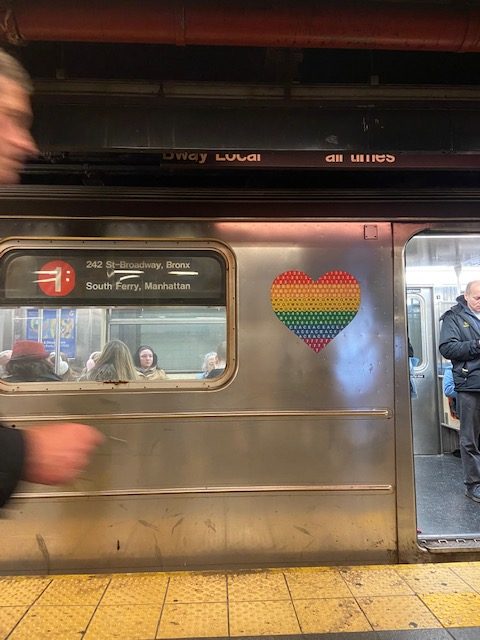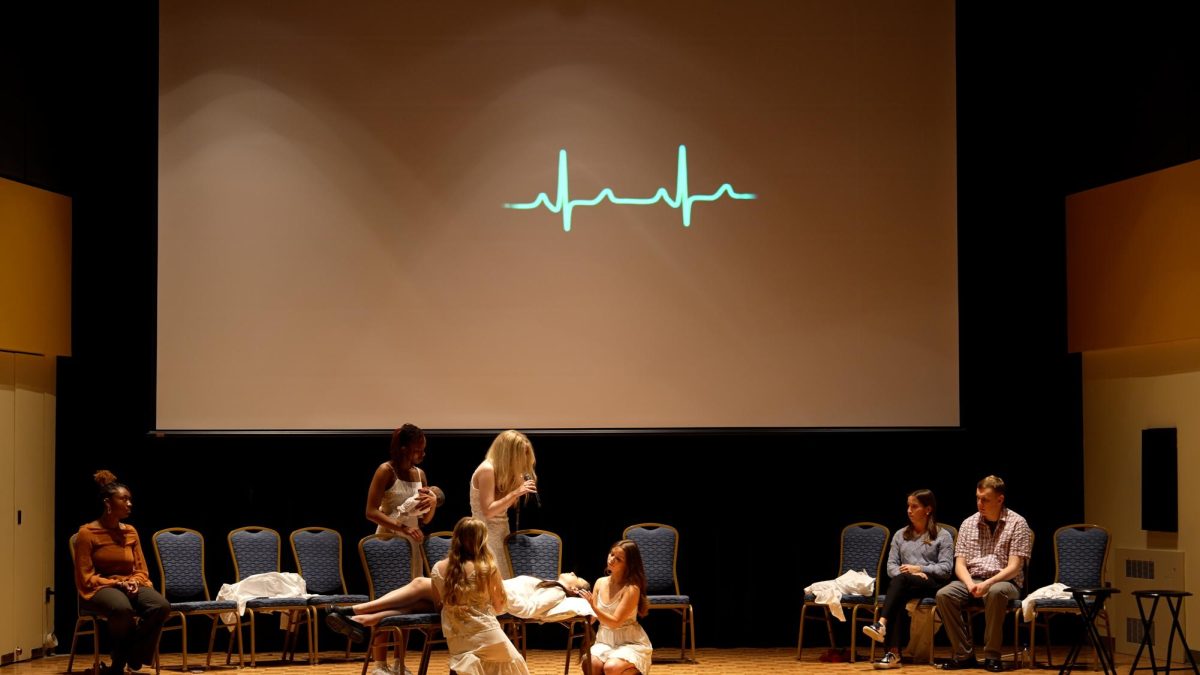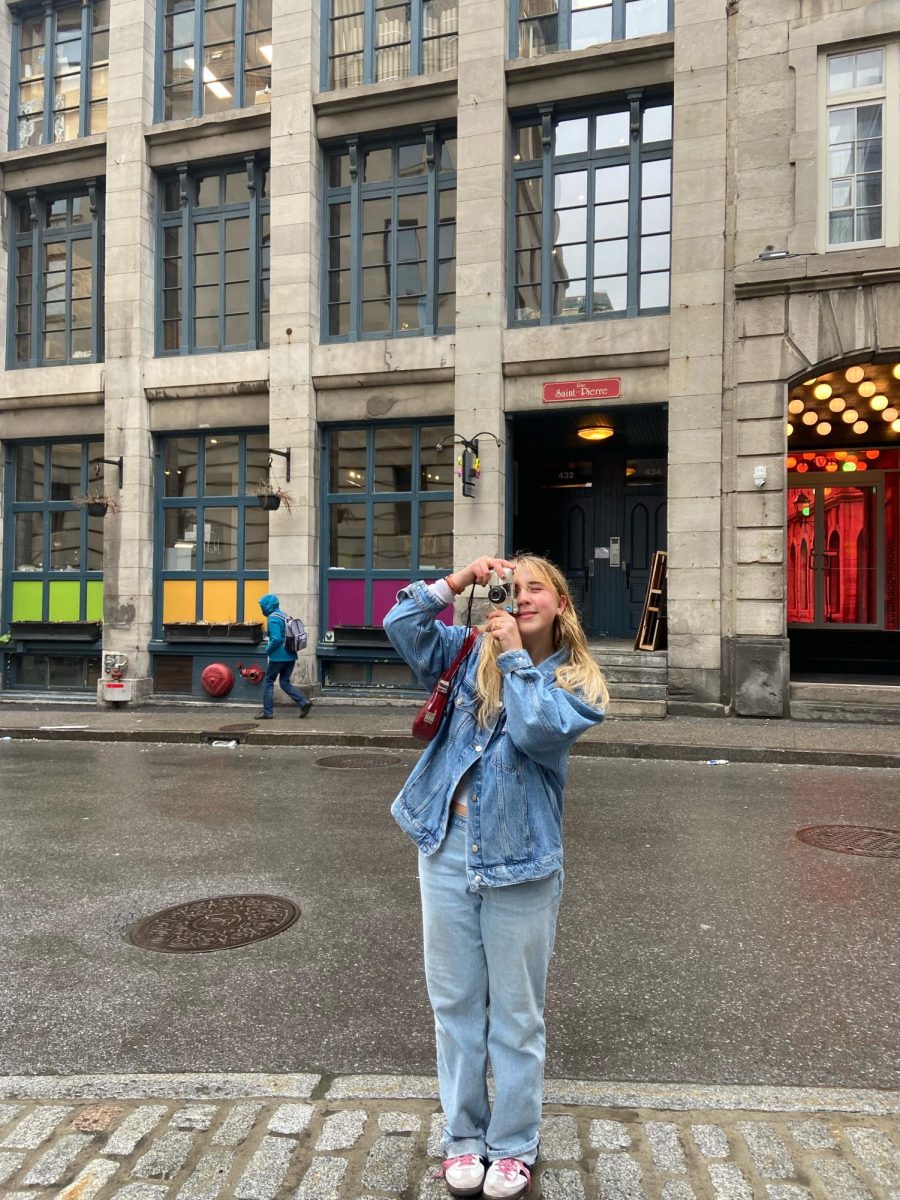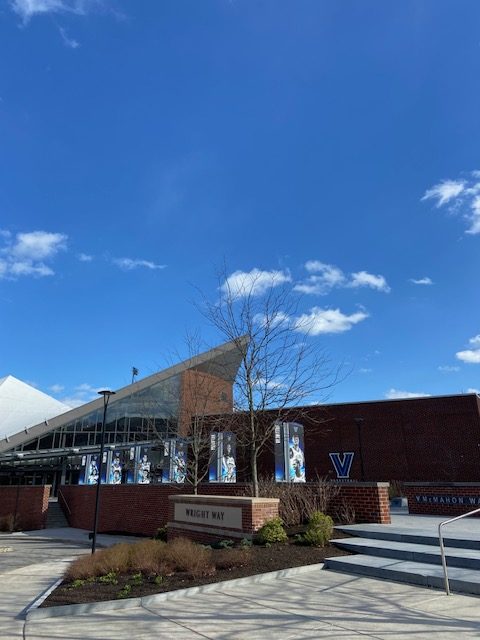November is Native American Heritage Month, representing a commitment to celebrating and learning from the people indigenous to the land this country occupies. At Villanova, though, students have disappointingly few opportunities to engage with native culture. That is where the Native and Indigenous Student Association (NISA) comes in. Established last year by now-senior Meg Martin and now-juniors Autumn Coard and Modonna Kongal, this organization is committed to celebrating their cultures and educating the Villanova community.
“There’s not a ton of indigenous students on campus,” co-President Martin acknowledged. “As far as we know there’s three.”
However, being each other’s only community has not stopped NISA from looking to the future and making strides for native visibility on campus.
“A lot of what we’ve been trying to do this year is make a lasting impact that doesn’t require another group of students in five or 10 years to restart their own group, because we’ve already seen that happen,” Martin said. “There used to be an indigenous student group, the Native American Student Association (NASA). That was around 25 years ago that there was that organization and [NASA] lived and died with the students as they graduated.”
The trio is utilizing both academic and cultural resources to plan events for students to participate in, in hopes that there will be a foundation left after they’ve gone on to post-grad plans.
This past week, the group held a movie night on Nov. 13 with a take-home blanket and Taco in a Bag provided, watching Res Ball. They were very pleased with the turnout, and happy they could include a food that is “a pow wow food.”
“You typically see [those kinds of food] there and I was like we can do a little something of the culture even though a lot of people might not understand that’s what it is,” Martin said.
A pow wow on Villanova’s campus is in motion for the spring, which will highlight native culture and allow students to engage in a cultural practice most are probably seeing for the first time.
“There will be vendors, people who sell beadwork, artwork, clothes, jewelry, as well as singing and dancing, so there will be drummers, traditional dancers and an MC who kind of runs the entire event,” co-President Autumn said. “It’s just a really communal moment and it would be really cool to have that at Villanova and bring students in and have them involved.”
The pow wow will be in April, taking advantage of the nicer weather for maximum time outside as a community. In addition to events, there are other initiatives that NISA is pushing for in order to grow the native student population at Villanova.
“There is currently no scholarship for indigenous students, so there’s no support for that area,” Martin said. “Obviously, we want one, so we’re currently trying to prove the case for the need of one and how important it is to acknowledge indigenous history and indigenous existence itself.”
Resources such as scholarships for indigenous students have worked at other schools such as Syracuse and Brown, where there are vibrant native student cultures, both co-presidents noted. There is important and necessary work to be done at Villanova, and this is the work that this trio has been doing.
“For whatever reasons we chose Villanova [we] factored in the sacrifice that we might not be able to practice our culture or see that representation and community that we want to have, and that’s just not something we want future students to have to go through,” Autumn said.
Both co-presidents also emphasize that their organization is not exclusive.
“We do want to welcome people of all indigenous backgrounds, they don’t have to be indigenous to the U.S.,” Autumn said.
“You can be indigenous from any portion of the world, we’re not just dealing with the American Indian tribe,” Martin added. “If you feel like you resonate, then you are more than welcome to join the club. Also, if you feel like you don’t resonate and you’re not indigenous to any particular culture and you don’t have that background, you’re still more than welcome to join because I think it’s a really great form of allyship.”
The organization’s biggest goals remain focused around creating community bonds for future native students as they come to Villanova, so no one is left with as little as they found when starting this organization.
“I think our enjoyment when we get to rest will come when we get to see future students rest,” Martin said. “I think putting in the work is like our reward. Most of the events we do we’re not actually doing the event, we’re facilitating them. Which is fine because it’s putting in the work now so when we come back as alumni, we get to see an established, sustainable group. And then we’ll get to do the event and craft what we want to craft, so I think it will be eventually rewarding.”
NISA uses its Instagram, @villanova.nisa to share updates about events regarding native history and issues.

